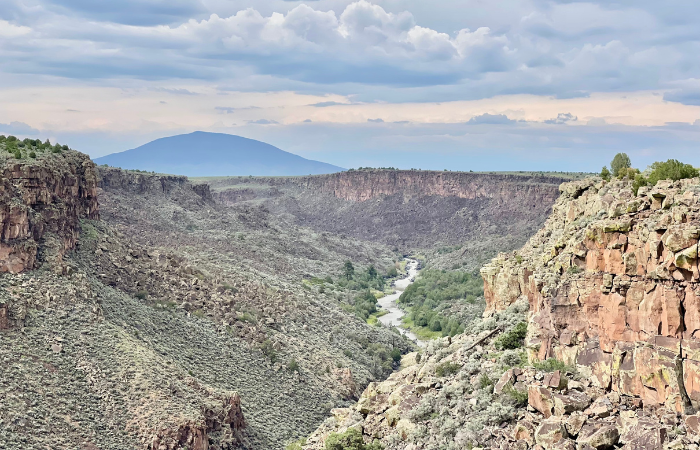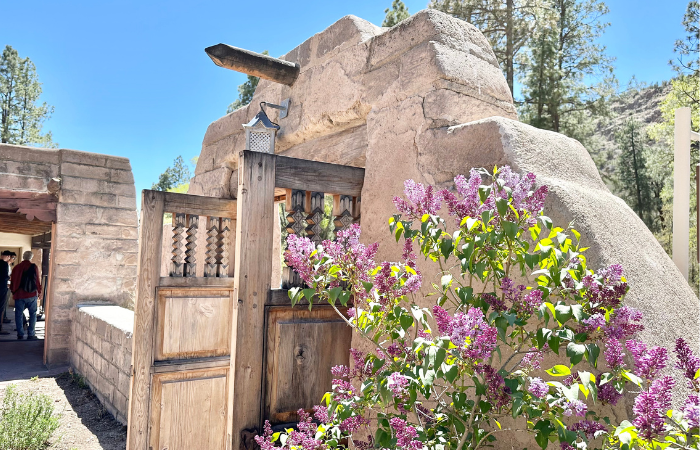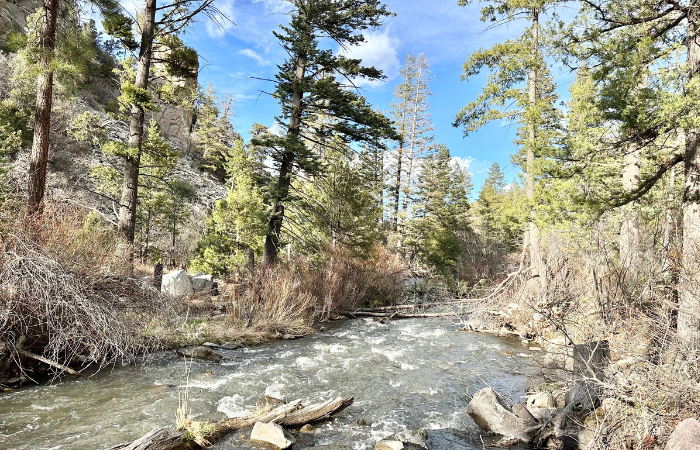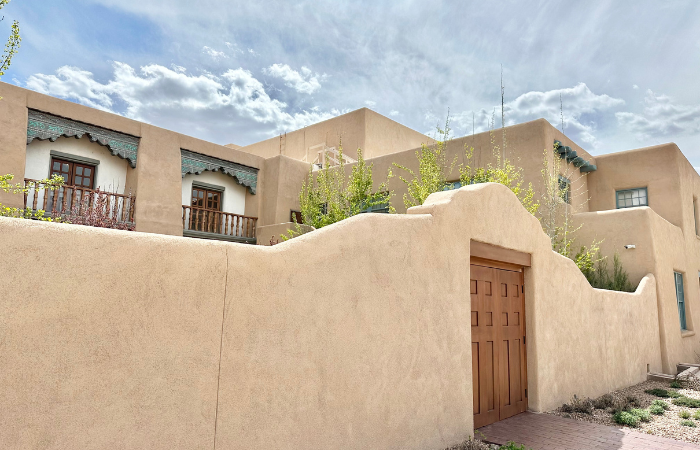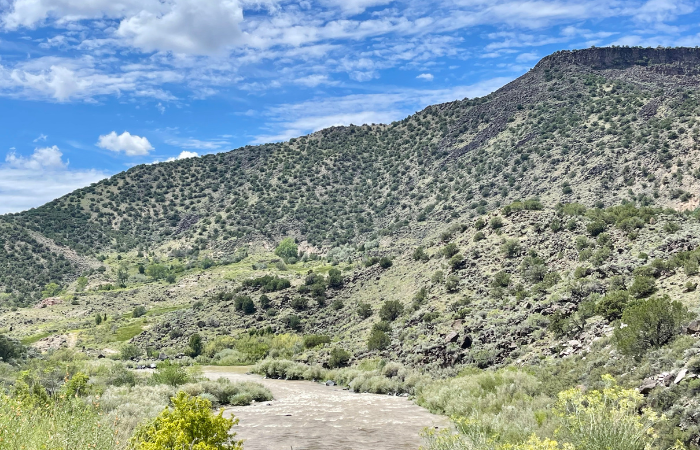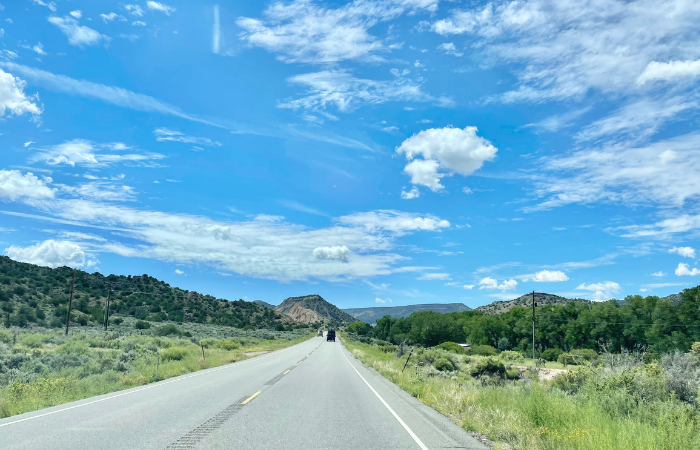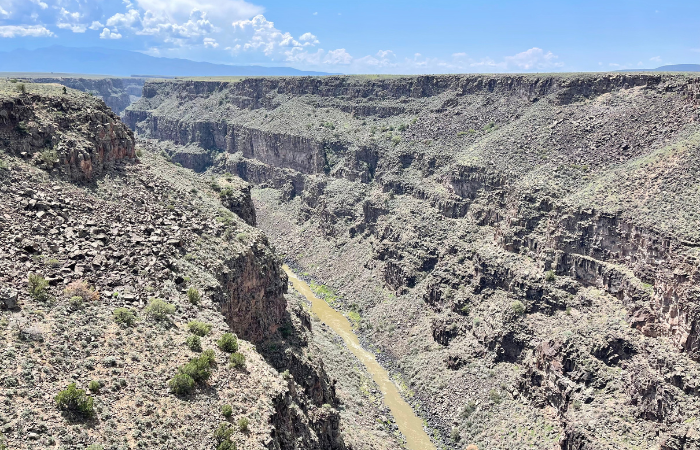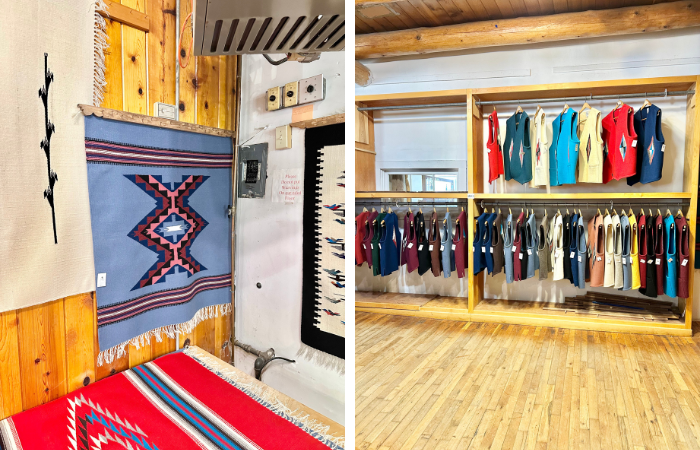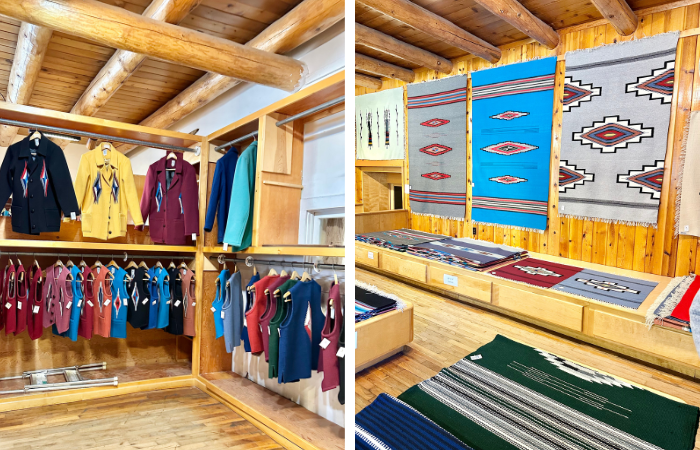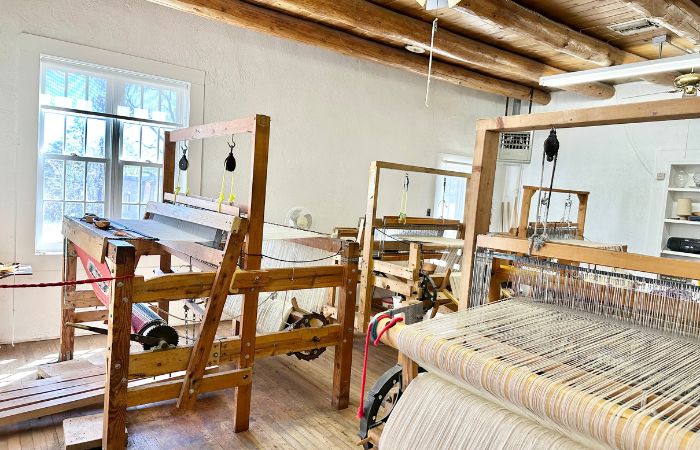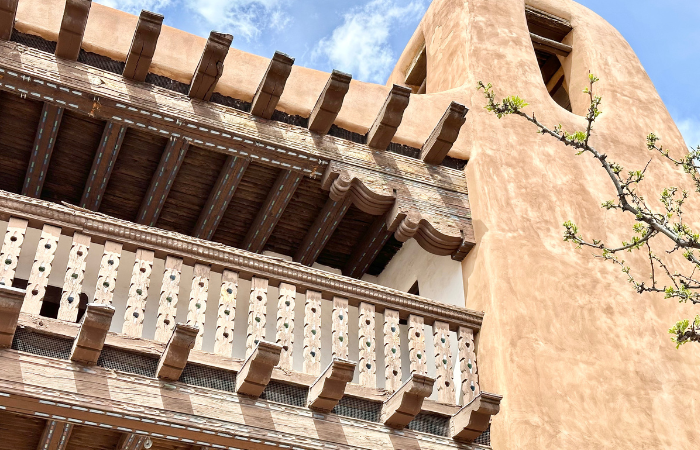Santa Fe to Taos: High Road vs Low Road
There’s nothing I love more than a good scenic drive…some people are all about hiking, but I’m never happier than when I can see magnificent sights from the car…windows rolled down (or up depending on the temp), heated seats, cup holders, my Taylor Swift playlist…I’m a creature of comfort.
I’ve spent quite a bit of time in northern New Mexico driving around, back and forth between Santa Fe and Taos, etc.
If you’re planning your own northern New Mexico road trip (and Santa Fe and Taos are undoubtedly on the list) then maybe you’ve heard about the “High Road to Taos.”
It’s a scenic road that connects Santa Fe and Taos. Well, here’s the thing…there’s a high road AND a low road. They’re both very scenic and they’ll both get you where you need to go (if Taos/Santa Fe is the destination), so which one should you drive?
I’ve driven both the “high road” and the “low road” between Taos and Santa Fe. So if you’re planning a trip to the area and traveling between the two towns, here’s the scoop…
Santa Fe to Taos: High Road vs Low Road
Whichever road you choose, you’ll take 84/285 north from Santa Fe to Espanola.
The Low Road to Taos
The “low road” is actually the main road (most direct route) between Santa Fe and Taos. The low road goes from Espanola roughly through Dixon and Pilar before coming through Ranchos de Taos and into Taos.
They call it the “low road” because it’s lower in elevation. A large part of it follows the Rio Grande along the canyon floor before coming through the high plains towards the mountains in Taos.
It’s a PRETTY drive and relatively straight forward.
You’ll pass some wineries (Black Mesa Winery in Velarde), Sugar’s BBQ in Embudo and the “Classical Gas Museum” which I need to stop at next time. It looks like a classic Route 66 stop/wacky roadside.
You can detour a tiny bit into Dixon for La Chiripada Winery (Vivac Winery is on the main road), the farmers market on Wednesday (in the summer and fall) and the annual Dixon Studio Tour (early November). Or Zuly’s Cafe for classic New Mexican food.
Up closer to Pilar there are some places to pull over for great views of the Rio Grande.
It’s about 1.5 hours from Santa Fe to Taos on the low road.
The High Road to Taos
The “high road to Taos” is definitely the more famed scenic drive between the two. As the name implies, the high road is much higher in elevation and offers some pretty breathtaking scenic views.
It’s definitely the type of drive where you feel like the whole world stretches out below you.
Now unfortunately, I was the driver last time I took the high road so I don’t have any photos of the views, but they are spectacular!
The low road takes 76 through Chimayo and Trampas, 75 through Penasco and Vadito and 518 into Ranchos de Taos.
Google/Apple maps have this drive at about one hour and forty minutes, but I don’t think that’s accurate at all. I’d say it’s more like 2.5 hours without stops.
There are a lot of stops you can make along this road, but I think the #1 must do is Ortega’s Weaving Shop in Chimayo. The Ortega family has been practicing weaving in the Northern Rio Grande Valley near Chimayo since the early 1700s when it was still Spanish territory.
Generation after generation practiced their craft…initially for utility and then for trade. The family opened a general store in Chimayo in the early 1900s and used their loom to make goods for sale.
120 years later and the family is still operated out of the same location. They’re famous for their weavings and you’ll find them for sale all over Santa Fe and Taos (and beyond!), but you can buy them directly from the source here.
And they’re muuuuuch less expensive here too. It’s a whole experience to come to the shop in Chimayo so if you’re considering buying any kinds of weavings on your trip to New Mexico (jackets, rugs, hangings, etc.) plan to do your buying here.
Besides Ortega’s in Chimayo, there are a handful of other stops you can and should make as well (listed in order from Santa Fe to Taos):
Plaza del Cerro in Chimayo: The last remaining Spanish fortified plaza in the southwest. They believe the earth here has miraculous healing powers and the Santuario de Chimayo is one of the most visited churches in New Mexico.
San Antonio de Padua Church in Cordova: The church is usually only open for services, but the altar is really something to see.
Nuestra Señora del Rosario in Truchas: Built in the early 1800s.
San Jose de Gracia in Las Trampas: A church used for the last 225 years.
Nuestra Señora de San Juan de los Largos del Río Chiquito in Talpa.
High Road vs Low Road
So which one should you drive? Maybe you can already tell, but the “high road to Taos” is definitely more of an experience. If you’ve got the whole day to go back and forth, go from Santa Fe to Taos on the high road and come back on the low road.
Now…if you’re in a hurry and you’re only going to Taos for a day (a day trip from Santa Fe), then I would probably stick to the low road to get there quicker because there is so much to see in Taos.
And here’s the deal…the low road (river road) is BEAUTIFUL. It’s not like the high road is super scenic and the low road is a dull interstate. Both of these roads are very scenic drives that are 100% worth doing.
Ranchos de Taos
Whichever road you choose, you’ll connect in Ranchos de Taos which is a tiny hamlet just outside of Taos.
It’s definitely worth a stop!
The San Francisco de Asis Mission Church was built between 1772 and 1816 and is one of the best examples of a Spanish colonial New Mexico mission church.
The Chimayo Trading del Norte is supposed to be a good art gallery with GREAT turquoise jewelry, but I’ve yet to catch it open.
Ranchos Plaza Grill is one of the best spots for classic northern New Mexican cuisine.
And I haven’t ever stayed here, but the Taos Motor Lodge looks like a really cool, modern take on the classic motor lodge. Plus the Sage Brush Inn is a great more traditional (New Mexican style) hotel.

